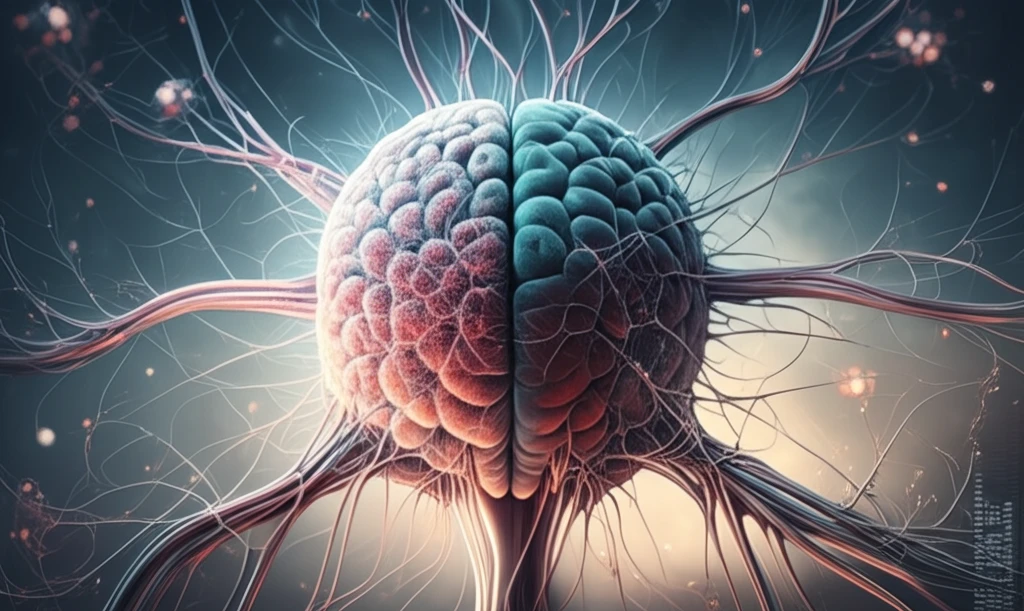
Brain Aneurysm Rupture: What You Need to Know About Pseudoaneurysms and Treatment Options
"Understanding the risks, diagnosis, and endovascular treatments for rare pseudoaneurysms associated with ruptured cerebral aneurysms."
Brain aneurysms are scary enough on their own. But what happens when a complication arises, like the formation of a pseudoaneurysm (PA)? A PA is a rare condition where a sac-like structure forms outside the artery wall, usually after an injury or rupture. In the brain, this is particularly dangerous.
While true aneurysms involve a bulge in the actual artery wall, pseudoaneurysms are different. They occur in less than 1% of intracranial aneurysms, making them quite rare. Because they're not contained by the artery wall itself, they're prone to rupture and can lead to serious complications.
In a recent case study, doctors explored a case of a patient with a ruptured cerebral aneurysm that developed a PA. The good news? They successfully treated it using a technique called coil embolization. Let’s dive into what this means for you and your understanding of brain health.
What is a Pseudoaneurysm and Why Is It Risky?

A pseudoaneurysm, also known as a false aneurysm, happens when there’s damage to the artery wall. Blood leaks out and forms a clot-filled sac outside the vessel. Unlike a true aneurysm, which involves the stretching and ballooning of all three layers of the artery wall, a pseudoaneurysm is contained only by the outer layers or surrounding tissue. This makes it unstable and more likely to rupture.
- Pseudoaneurysms are rare, occurring in less than 1% of intracranial aneurysms.
- They form outside the artery wall, making them more prone to rupture.
- Rupture can lead to subarachnoid hemorrhage (SAH), a life-threatening condition.
The Future of Aneurysm Treatment
While pseudoaneurysms associated with ruptured aneurysms are rare and complex, the case study demonstrates that endovascular treatment, specifically coil embolization, can be a viable option. By carefully targeting the true aneurysm and avoiding direct intervention on the pseudoaneurysm, doctors can prevent further rupture and improve patient outcomes. If you or a loved one is facing a brain aneurysm, know that advancements in treatment are continually evolving, offering hope and better results.
